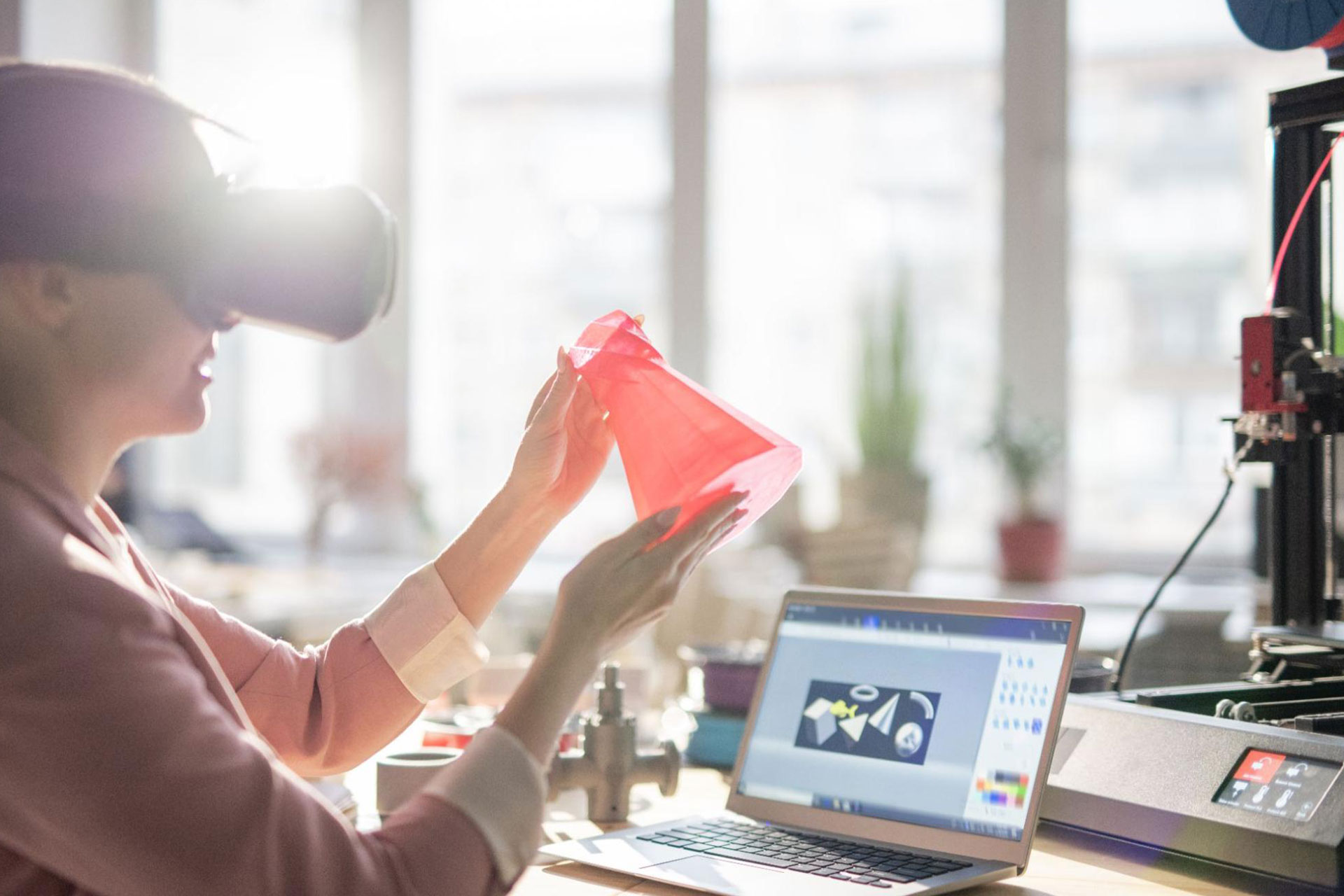3D Printing Trends in 2024

As we enter 2024, 3D printing is poised for exciting advancements. Let’s delve into the key trends that are shaping the landscape of the 3D printing industry this year.
On This Page
- High-Speed 3D Printing
- 3D Printing in Healthcare Takes a Giant Leap
- Accessibility and User-Friendly Interfaces
- Advancements in Sustainable Printing
- Incorporation of AI Technologies into 3D Printing
- IoT Integration
1. High-Speed 3D Printing
High-speed 3D printing is becoming the new norm, reducing production times and opening doors to mass customization. But it’s not just about speed — precision is equally crucial. Improved nozzle technologies and more accurate layering techniques contribute to fingerprints, ensuring that the end product meets the highest quality standards.
2. 3D Printing in Healthcare Takes a Giant Leap
The healthcare sector continues to be a hotspot for 3D printing innovation. In 2024, 3D printing will take a giant leap forward in pharmaceuticals. Tailored drug delivery systems, patient-specific implants, and even 3D-printed organs are on the horizon. The ability to create intricate and customized medical solutions opens up new possibilities for patient care, revolutionizing how we approach treatment and recovery.
Related: 3D Printing in Healthcare: Uses and Applications
3. Accessibility and User-Friendly Interfaces
As technology evolves, accessibility to 3D printing is widening. User-friendly interfaces are making their way into the market, ensuring that individuals with varying technical expertise can harness the power of 3D printing.
From intuitive software interfaces to simplified calibration processes, manufacturers focus on making 3D printing more user-friendly. This trend is breaking down barriers and bringing the benefits of 3D printing to a broader audience.
4. Advancements in Sustainable Printing
The trend towards sustainability is not limited to materials alone; it extends to the technologies used in 3D printing. Innovations such as energy-efficient printers and the development of greener or more eco-friendly printing processes are gaining momentum.
Related: Is 3D Printing Eco-Friendly? How 3D Printing Reduces Waste
Manufacturers are increasingly adopting technologies that minimize energy consumption and environmental impact without compromising on print quality. This shift towards eco-friendly printing technologies is a testament to the industry’s commitment to a more sustainable future.
5. Incorporation of AI Technologies into 3D Printing
In 2024, the collaboration between AI and 3D printing extends to the design phase. With AI-driven design tools becoming increasingly sophisticated the previous years, this allows for the generation of complex and optimized designs that were once thought to be impractical.
These tools analyze vast datasets to identify patterns and design parameters, resulting in products that are not only functional, but also efficient in terms of material usage and structural integrity. In addition to that, the incorporation of AI into 3D printing in the design realm fosters the creation of smarter and more innovative products, and at the same time, enhances productivity.
6. IoT Integration
3D printing is not just a standalone process but part of a larger interconnected ecosystem. The integration of IoT devices creates a network where different elements of the manufacturing process communicate seamlessly. From material sourcing and printing to post-processing and delivery, each step is optimized for efficiency and sustainability.
This connected ecosystem facilitates collaboration among various stakeholders, from designers and manufacturers to suppliers and end-users, encouraging a more integrated and responsive 3D printing community.
So, buckle up and get ready to witness 3D printing’s next chapter unfolding—it’s bound to be an exhilarating ride into the future!
Looking for quality 3D printing in the Philippines? Contact us today to learn more about our products!


